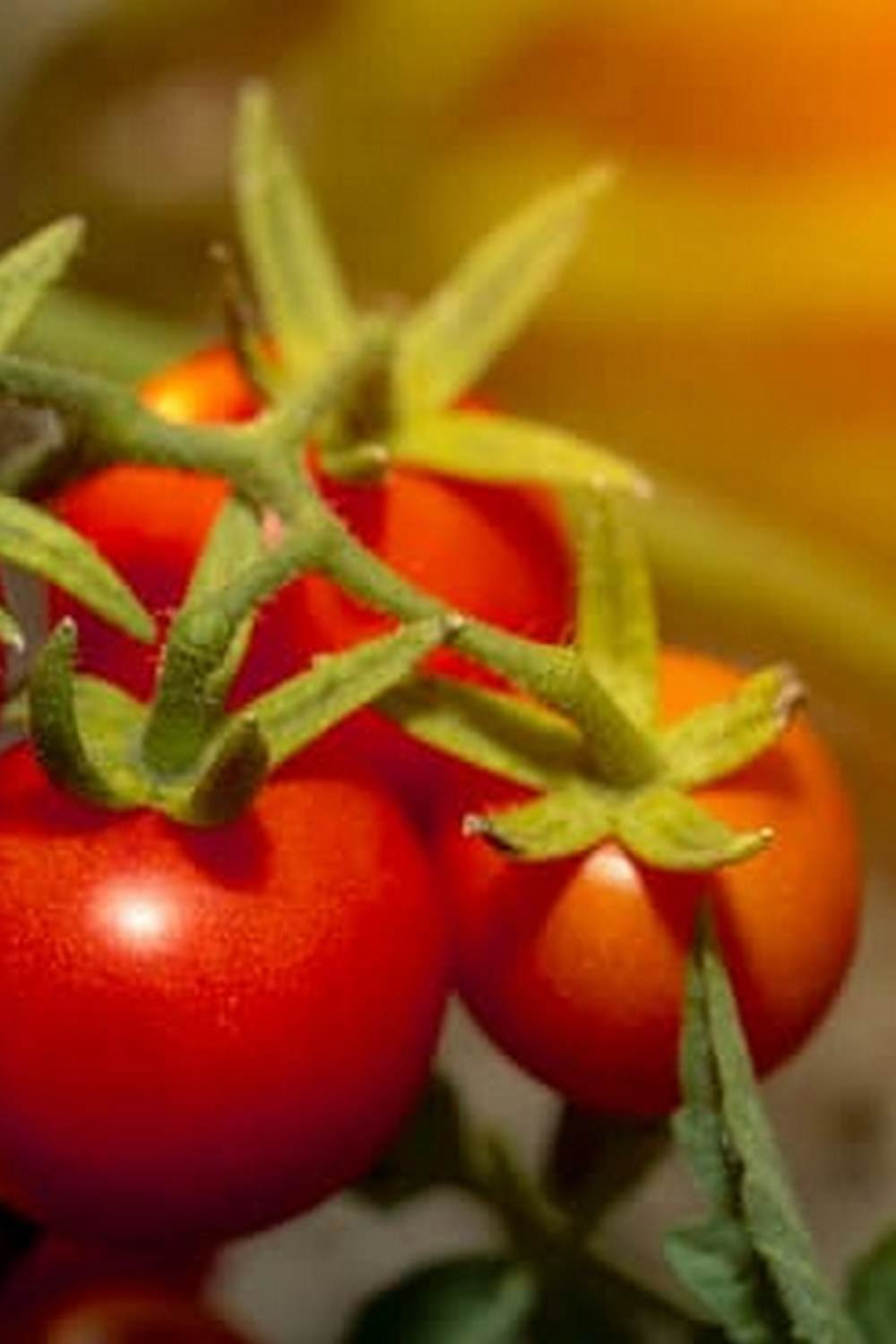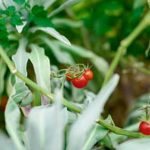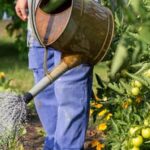Are you interested in extending your gardening season into the colder months? Fall and winter vegetable gardening can be a rewarding and satisfying way to continue growing fresh produce even when the temperatures drop. With the right planning and preparation, you can enjoy a bountiful garden throughout the fall and winter months, providing you with an abundance of delicious vegetables to enjoy.
As the days grow shorter and the weather gets cooler, many people think it’s time to pack up their gardens for the year. However, fall and winter vegetable gardening offers many benefits that make it worth considering.
Not only can you continue to enjoy fresh, homegrown produce, but it also allows you to make the most of your garden space all year round. In addition, cultivating a fall and winter garden can help improve soil health and provide habitat for beneficial insects.
When it comes to choosing which vegetables to grow in your fall and winter garden, it’s important to select varieties that are well-suited to cooler temperatures. Certain crops thrive in these conditions, while others may struggle or fail to produce in cold weather.
By carefully selecting your vegetables, you can ensure a successful and productive fall and winter garden. Additionally, understanding which vegetables are best suited for this time of year will help you plan your garden layout more effectively.
Benefits of Fall and Winter Vegetable Gardening
When considering the benefits of fall and winter vegetable gardening, it’s important to acknowledge the numerous advantages that come with extending your gardening season into the cooler months. Not only does fall and winter vegetable gardening give you the opportunity to continue enjoying fresh produce, but it also offers additional benefits for your health, budget, and overall well-being.
One of the main benefits of fall and winter vegetable gardening is the ability to continue providing fresh, healthy produce for you and your family throughout the year. By planting cold-hardy vegetables such as kale, carrots, Brussels sprouts, and broccoli, you can ensure a steady supply of nutritious food even during the colder months. This can be especially beneficial for maintaining a well-rounded diet and reducing dependency on store-bought produce.
In addition to promoting a healthier lifestyle through access to fresh vegetables, fall and winter vegetable gardening can also contribute to significant cost savings. With skyrocketing prices of certain produce items during the fall and winter months, growing your own vegetables can help alleviate some of those expenses.
Furthermore, having your own garden allows you to have full control over the cultivation process, ensuring that no harmful chemicals or pesticides are used in the growth of your crops. This guarantees that you are consuming high-quality, organic produce without breaking the bank.
Overall, embracing fall and winter vegetable gardening provides more than just practical benefits – it also serves as a therapeutic activity with mental health advantages. Engaging in outdoor activities like gardening has been linked to stress relief and improved moods, which is crucial during seasons characterized by colder temperatures and shorter days.
Moreover, being able to enjoy nature’s beauty and witness the gradual growth of plants despite less favorable conditions can instill a sense of satisfaction and accomplishment in individuals looking for a pastime that encourages mindfulness and connection with nature.
Choosing the Right Vegetables for Fall and Winter Gardening
When it comes to fall and winter vegetable gardening, choosing the right vegetables to plant is crucial for a successful harvest. Not all vegetables are suitable for colder temperatures, so it’s important to select varieties that can thrive in the cooler weather. Below are some of the best options for fall and winter vegetable gardening.
Root Vegetables
Root vegetables such as carrots, beets, turnips, and radishes are excellent choices for fall and winter gardening. These hardy vegetables can withstand cold temperatures and even improve in flavor after a frost. They also store well, making them perfect for winter storage.
Leafy Greens
Leafy greens like spinach, kale, chard, and lettuce are great options for fall and winter gardening. These vegetables are not only cold-tolerant but also packed with nutrients. With proper protection, they can continue producing throughout the fall and even into the winter months.
Brassicas
Brassicas including broccoli, cabbage, Brussels sprouts, and cauliflower are well-suited for fall and winter vegetable gardening. These crops not only tolerate cold weather but actually benefit from it, as a light frost can sweeten their flavor. With some extra care and protection against pests, these vegetables can provide a bountiful harvest during the fall and winter seasons.
By choosing the right vegetables for your fall and winter garden, you can ensure a continuous supply of fresh produce throughout the colder months while enjoying the benefits of homegrown, organic fruits and vegetables.
Preparing the Garden for Fall and Winter Planting
When it comes to fall and winter vegetable gardening, proper preparation is key to a successful harvest. Here are some important steps to take when getting your garden ready for planting in the cooler seasons:
1. Clear out summer crops: Before you can begin planting fall and winter vegetables, it’s important to remove any remaining summer crops from your garden beds. This will make space for new plants and allow you to assess the soil condition.
2. Amend the soil: After removing summer crops, take the time to amend the soil with compost or other organic matter. This will help replenish nutrients and improve soil structure, providing a healthy foundation for your fall and winter vegetables.
3. Plan your layout: Consider rotating your crops to prevent disease and depletion of nutrients in the soil. Research companion planting guidelines to ensure that you are placing compatible vegetables together in the same bed.
With these essential steps, you can ensure that your garden is primed and ready for an abundant fall and winter vegetable harvest.
Remember to also check the local climate data or speak with an expert at your local nursery about choosing veggies suitable for cool weather; this will ensure that your efforts are fruitful even during colder months.
Now you have all necessary tools in hand, proceed to choosing the right vegetables for fall and winter gardening.
Tips for Maintaining a Fall and Winter Vegetable Garden
When it comes to maintaining a fall and winter vegetable garden, there are several important tasks to keep in mind in order to ensure a successful harvest. With the proper care and attention, your garden can continue to thrive even as the weather gets colder. Here are some key tips for maintaining a fall and winter vegetable garden:
Provide Adequate Protection
As temperatures drop, it’s important to provide adequate protection for your fall and winter crops. Consider using row covers, cold frames, or hoop houses to shield your plants from harsh weather conditions. This extra layer of protection can help extend the growing season and keep your vegetables from freezing.
Watering Carefully
While it may seem like less watering is needed during the fall and winter months, it’s important to continue monitoring soil moisture levels. Some vegetable plants still require regular watering, especially those with shallow roots. Be cautious not to overwater, as this can lead to root rot in cold and wet conditions.
Monitor for Pests and Diseases
Pests and diseases can still be a threat to your fall and winter vegetable garden. Regularly inspect your plants for signs of infestation or disease, and take prompt action if any issues arise. Consider using organic pest control methods to protect your crops without harmful chemicals.
By following these tips for maintaining a fall and winter vegetable garden, you can continue to enjoy fresh produce even as the seasons change. With careful attention to protection, watering, and pest management, you can ensure a bountiful harvest throughout the fall and winter months.
Dealing With Common Fall and Winter Garden Pests and Diseases
Fall and winter vegetable gardening comes with its own set of challenges when it comes to dealing with pests and diseases. As the weather gets colder, certain pests become more prevalent and certain diseases thrive in the cooler temperatures. It’s important for gardeners to be proactive in preventing and managing these issues to ensure a successful harvest.
One common pest that gardeners may encounter in the fall and winter is the cabbage worm, which can wreak havoc on brassica crops such as kale, cabbage, and broccoli. To prevent infestations, gardeners can cover their plants with row covers or use natural predators such as ladybugs or parasitic wasps to keep cabbage worms at bay. Additionally, practicing crop rotation and removing any plant debris from the garden can help reduce the risk of infestations.
In terms of diseases, fungal infections like powdery mildew and downy mildew are more prevalent in the cool, damp conditions of fall and winter. To prevent these diseases, it’s important to provide good air circulation by spacing plants properly and removing any affected leaves.
Additionally, applying preventative treatments such as neem oil or copper fungicide can help protect plants from fungal infections. By being vigilant and taking proactive measures, gardeners can minimize the impact of pests and diseases on their fall and winter vegetable gardens.
| Common Pests | Preventive Measures |
|---|---|
| Cabbage worm | Cover plants with row covers, use natural predators like ladybugs or parasitic wasps |
| Fungal infections (e.g. powdery mildew) | Provide good air circulation, apply preventative treatments like neem oil or copper fungicide |
Harvesting and Storing Fall and Winter Vegetables
Once the fall and winter vegetables have reached full maturity, it is time to harvest them. The timing of the harvest will depend on the specific vegetable being grown, so it’s important to be familiar with the individual growing requirements of each plant. Generally, root vegetables like carrots and beets are ready for harvest once their tops are easily pulled from the ground. Leafy greens can be harvested as soon as they reach a size suitable for eating.
After harvesting, it is crucial to properly store fall and winter vegetables to ensure that they stay fresh for as long as possible. Many root vegetables such as potatoes and onions should be cured before storage.
This involves allowing them to dry in a warm, well-ventilated area for a period of time before moving them to a cool, dark location for longer-term storage. Likewise, leafy greens should be stored in the refrigerator or a cold storage area to maintain freshness.
In addition to proper storage techniques, many fall and winter vegetables can also be preserved through methods such as pickling or canning. This allows gardeners to enjoy their homegrown produce throughout the winter months. By following these harvesting and storing practices, gardeners can fully enjoy the fruits of their labor during the cooler seasons.
| Vegetable | Harvesting Time |
|---|---|
| Carrots | Late fall, early winter |
| Potatoes | Late summer, early fall |
| Kale | Throughout fall and winter |
Ideas for Fall and Winter Vegetable Recipes
In conclusion, fall and winter vegetable gardening can be a rewarding and enjoyable experience for both novice and experienced gardeners. The benefits of fall and winter gardening are abundant, from ensuring a fresh supply of vegetables during the colder months to promoting sustainability and self-sufficiency. By choosing the right vegetables, preparing the garden properly, and diligently maintaining it, one can successfully grow a variety of crops even in the harshest conditions.
Perhaps one of the most satisfying aspects of fall and winter vegetable gardening is the harvest and subsequent use of the produce. The plethora of fresh vegetables can inspire creativity in the kitchen, with endless possibilities for delicious and nutritious meals.
From hearty stews to savory roasted dishes, there is no shortage of recipes that can make use of fall and winter vegetables. Experimenting with new flavors and textures can not only elevate your culinary skills but also give you a deeper appreciation for what your garden has provided.
As you continue on your journey with fall and winter vegetable gardening, remember that it is not just about reaping a bountiful harvest or enjoying flavorful dishes; it is also about connecting with nature and embracing the rhythm of the seasons. The patience, care, and effort put into maintaining a thriving garden during these colder months will not only fill your table with wholesome fare but will also fill your heart with pride.
So, as you delve into this enriching experience, let your creativity flourish in both the garden and the kitchen.
Frequently Asked Questions
What Vegetable Can Grow in Fall and Winter?
One vegetable that can grow in fall and winter is kale. This leafy green thrives in cooler temperatures and actually becomes sweeter after a frost.
When Should I Start My Fall and Winter Garden?
It’s best to start your fall and winter garden around late summer to early fall, depending on your specific location and climate. This timing allows for the vegetables to mature before the harshest winter weather arrives.
What Are the Top 5 Common Veggies That Can Be Planted During Winter?
The top 5 common veggies that can be planted during winter include kale, spinach, carrots, Brussels sprouts, and radishes. These hardy vegetables can withstand colder temperatures and continue to grow during the winter months.

If you’re looking to get into vegetable gardening, or are just looking for some tips on how to make your current garden better, then you’ve come to the right place! My name is Ethel and I have been gardening for years. In this blog, I’m going to share with you some of my best tips on how to create a successful vegetable garden.





